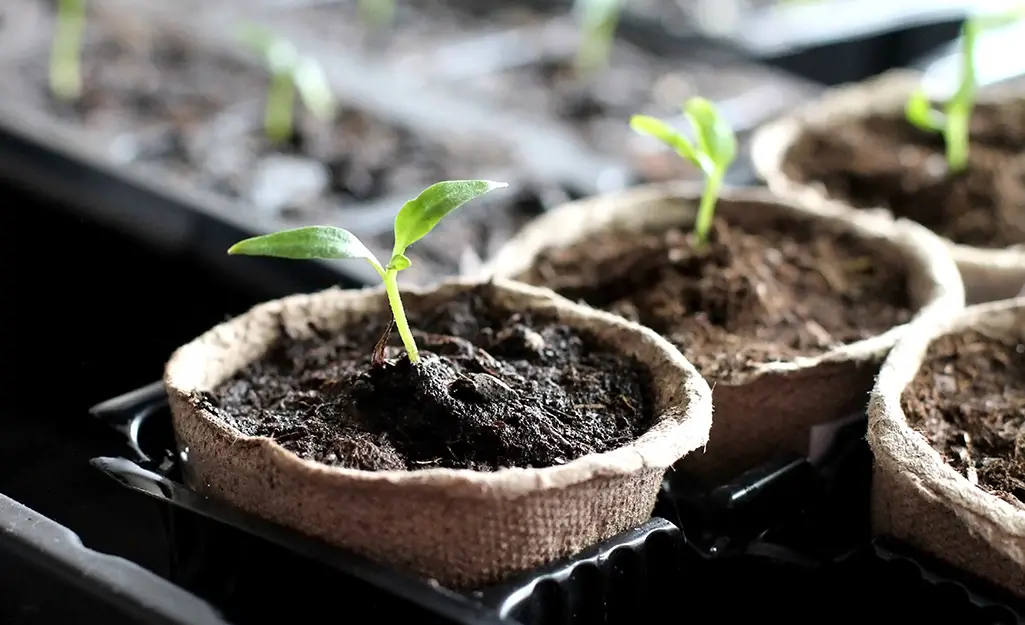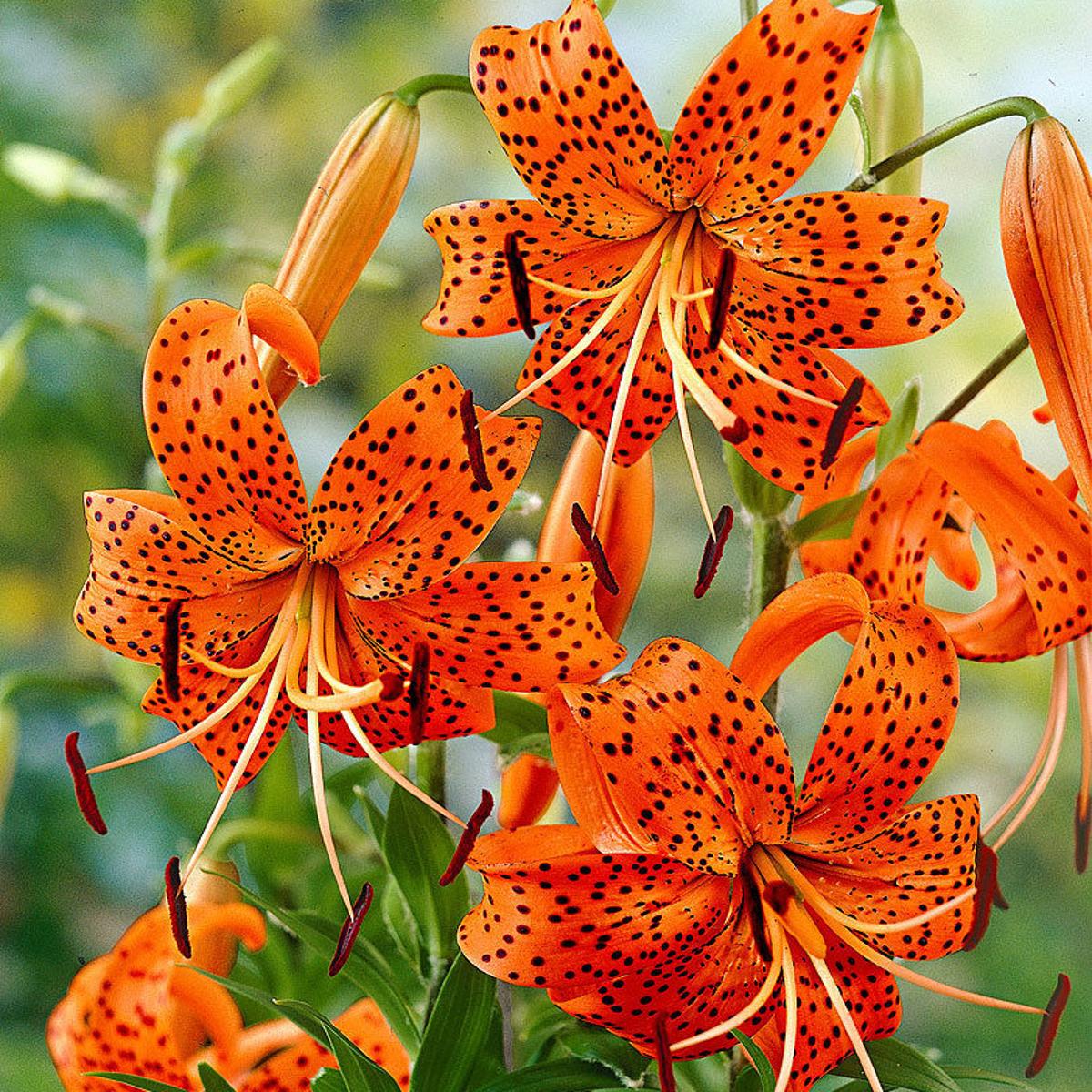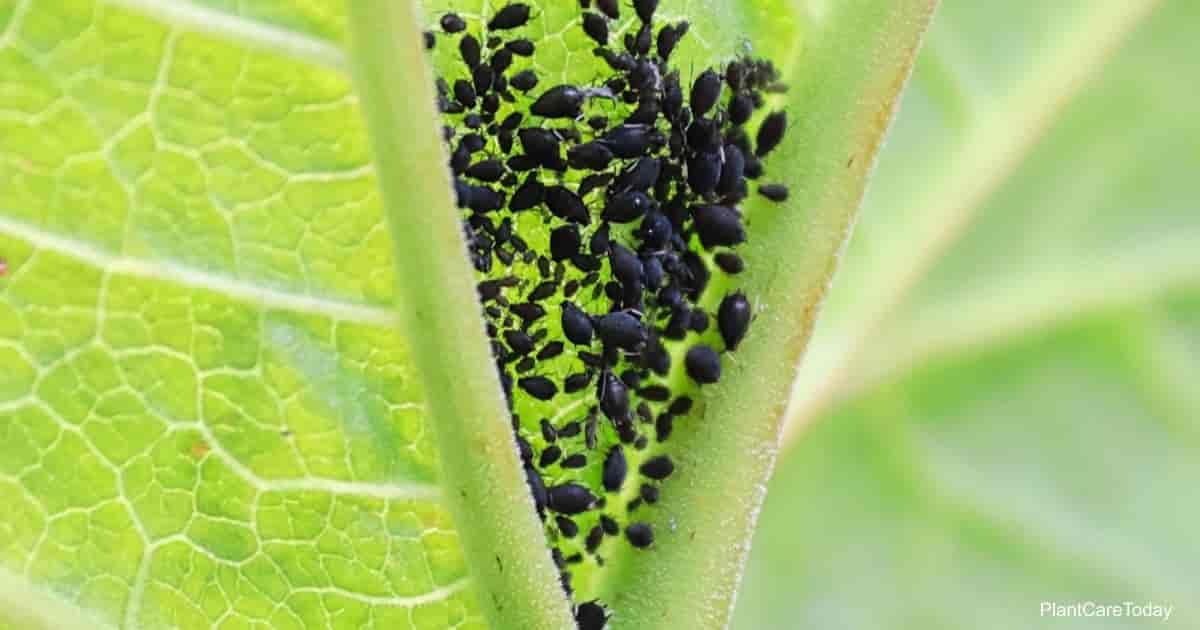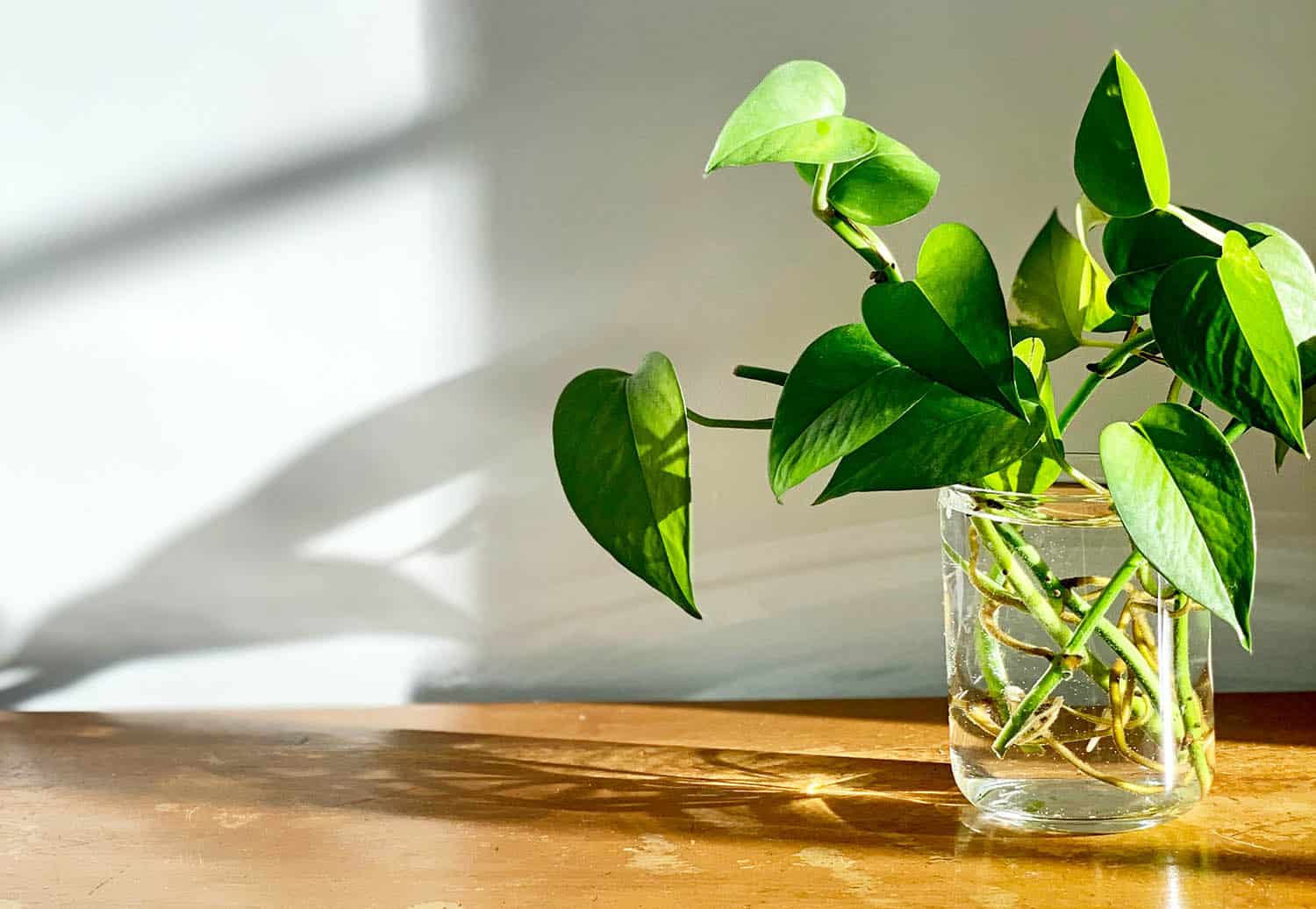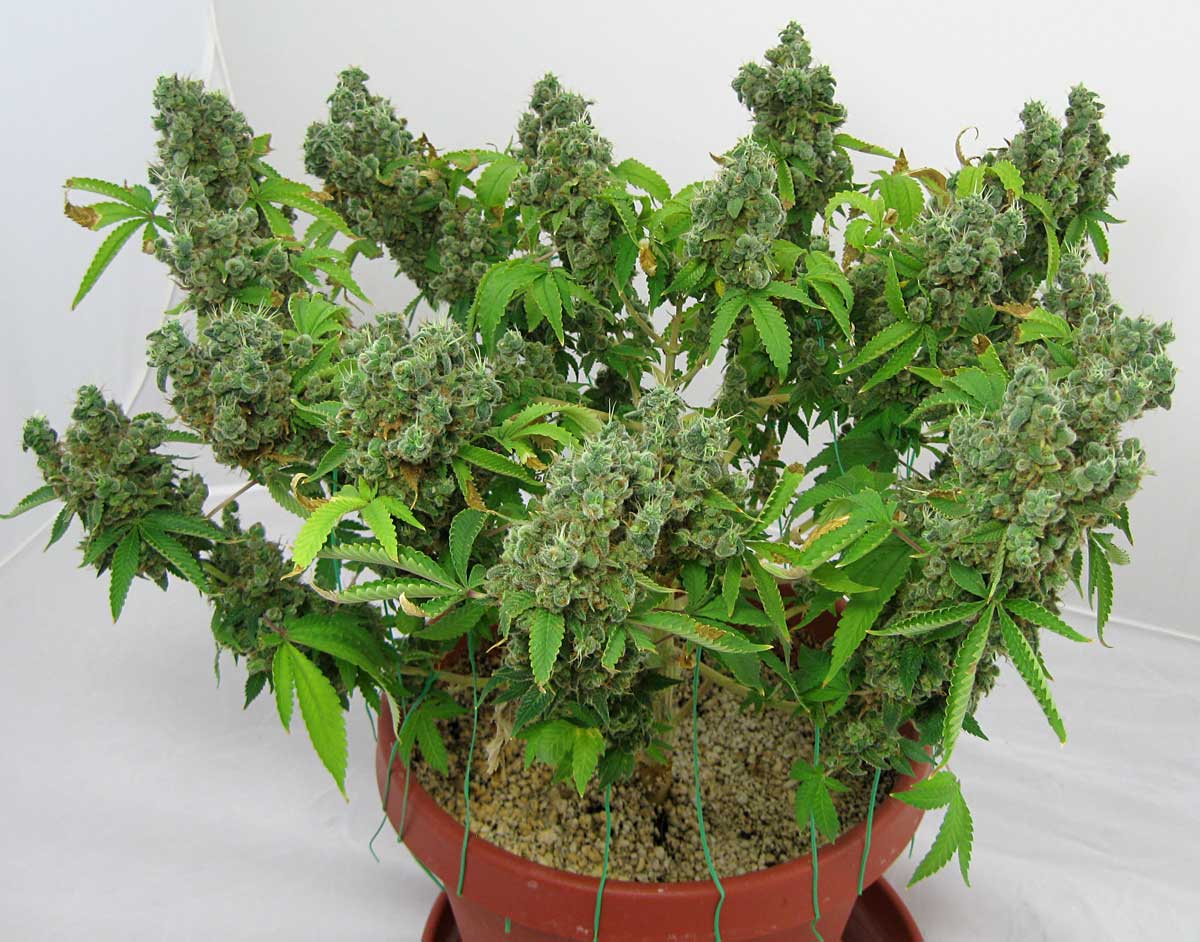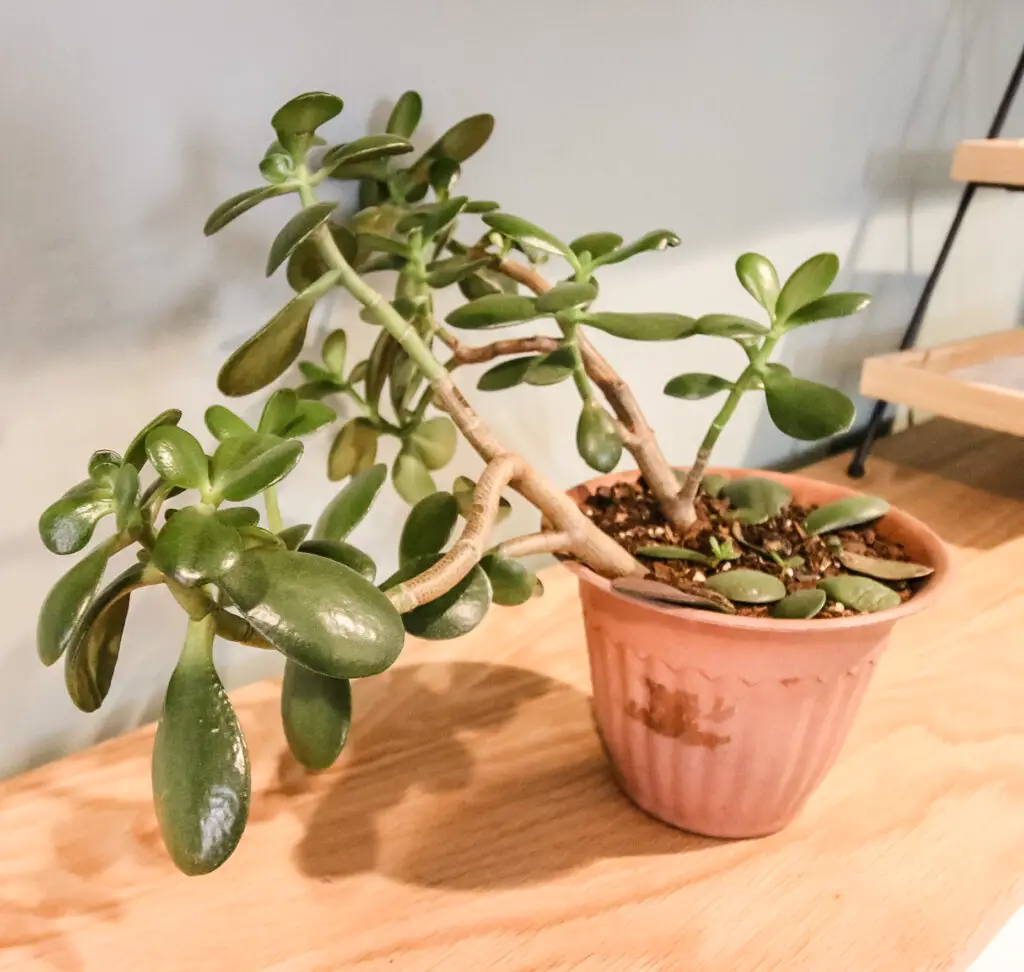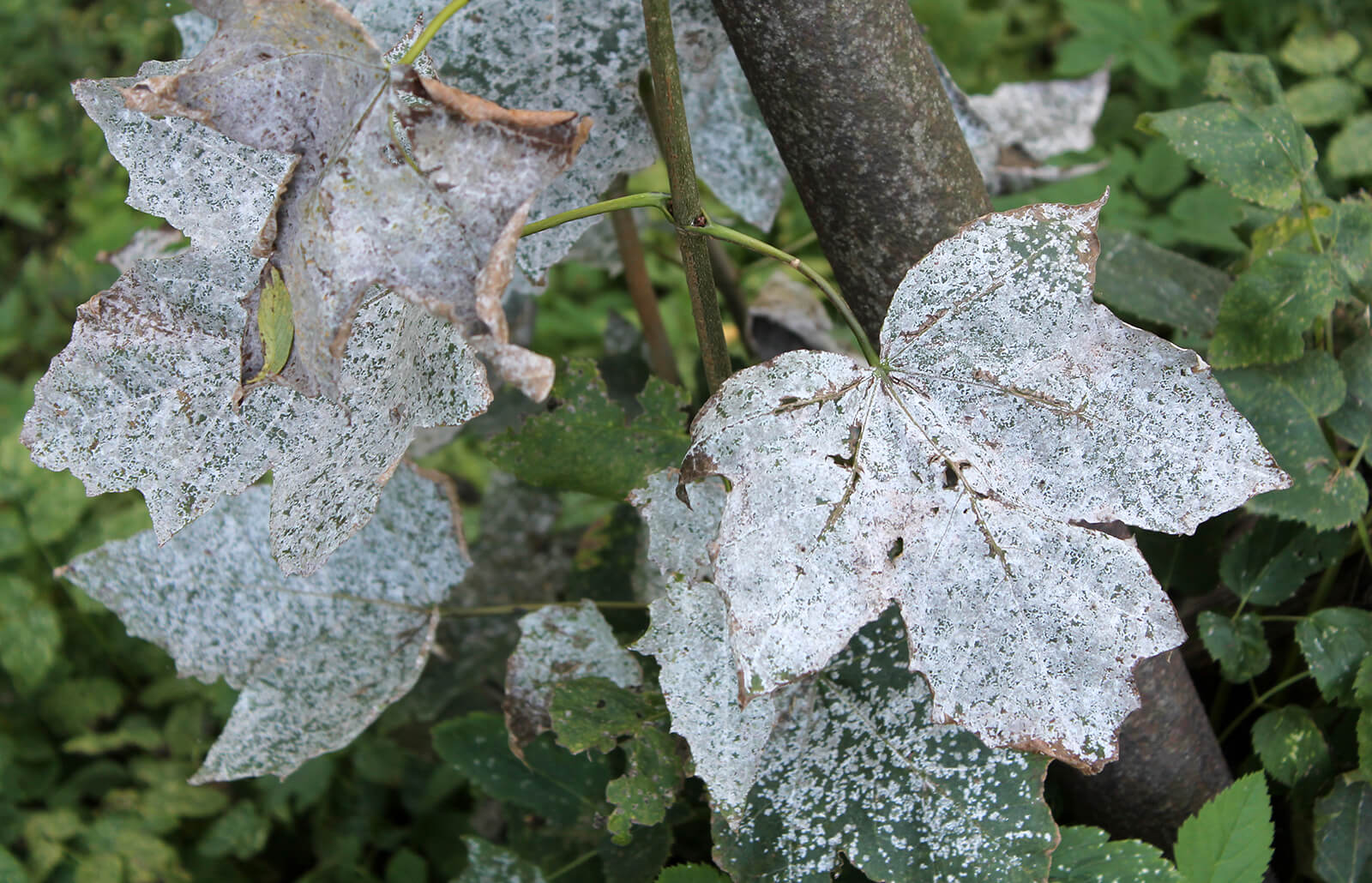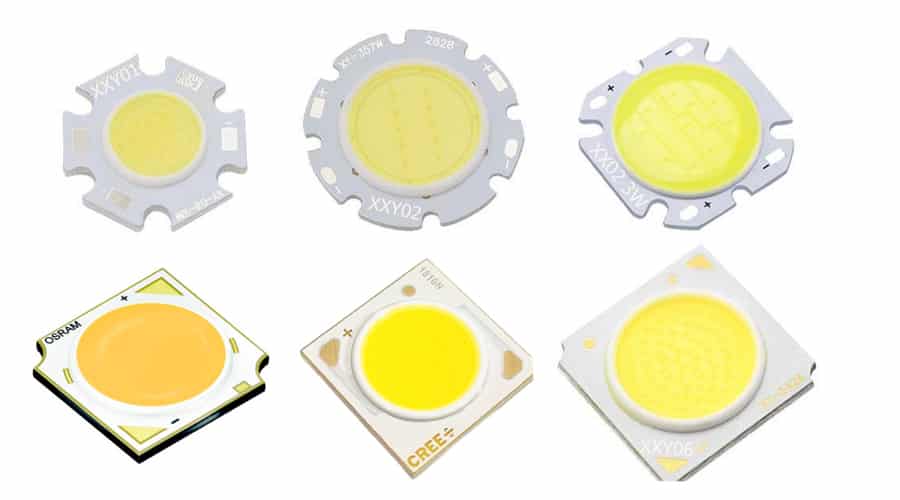How to Use Peat Pots to Start Seeds and Cuttings Indoors and in the Garden
Peat pots provide an economical and simple method of seed-starting indoors or in the garden, offering numerous advantages such as preventing transplant shock. Before sowing seeds in strips, pots or pellets, it’s essential to presoak them first to help retain moisture and prevent too rapid drying out of your chosen medium. Doing this helps ensure …

